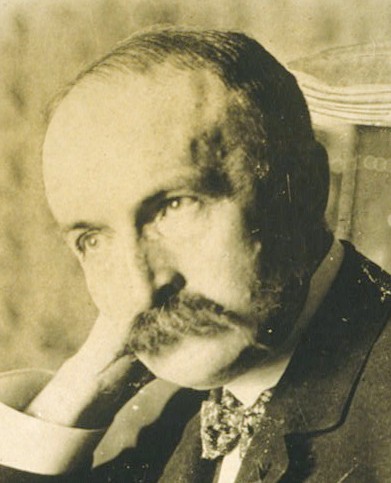

Revolutions are generally hard-fought, brutal affairs involving rebels taking on conventional military forces.
When Philippe Bunau-Varilla, a French businessman and engineer with commercial interests in Panama’s independence, went looking for rebels to fight for independence from Columbia, he decided to go with the 441-man strong municipal fire department for Panama City, the future capital of the fledgling republic.
That’s right, a fire department was the lead military force of an armed revolution.

Of course, Bunau-Varilla didn’t rely solely on firefighters and their axes. He knew that the revolution would enjoy popular support in Panama since the region, which considered itself a sovereign country forced into an ongoing relationship with Columbia, had been agitating for independence for about 80 years. And to ensure success, he cut a couple of deals before sending his firemen into action.
First, he went to the commander of Columbian forces in the area and bribed him and his men to look the other way during the planned revolution and, if necessary, fight against other, more loyal Columbian forces.
Then Bunau-Varilla went to Washington, D.C. and asked the administration of President Theodore Roosevelt to back the revolution. The administration refused to say outright that they would do so but gave Bunau-Varilla the distinct impression that they would support Panamanian independence.
The White House’s response was a major double-cross of the Columbians. An 1846 treaty obligated America to help put down revolutions and revolts in the Panama region. But Roosevelt wanted a cross-isthmus canal to help the Navy get between the Atlantic and Pacific oceans, and Columbia had consistently demanded more money every time America offered a treaty to construct it.
Bunau-Varilla, who had been working towards a Panama canal for over 15 years, held significant stock in a French company that owned the rights to a failed, incomplete canal. He would recoup serious amounts of money if the canal was constructed and he knew how desperately Roosevelt wanted to build one.
So, with the firm belief that Washington would back Panama, Bunau-Varilla told his fireman and mercenary army that America was coming.

The Nashville (PG 7), a shallow-draft U.S. gunboat capable of sailing close to the coast and lobbing shells inland, was coincidentally dispatched to Panama and arrived on Nov. 2, 1903. The next day, the firemen began their revolution, backed by many of the Columbian troops who were supposed to prevent it.
On Nov. 4, American troops near the city of Colon, Panama, were approached by Columbian forces demanding the use of the railroad that the troops were guarding.
When the Americans refused them access, the Columbians threatened to kill them all. The Marines fell back into a fortified building in range of the Nashville’s guns.
The Columbians had a numbers advantage but would have had to fight under naval bombardment to kill the Marines. They wisely decided not to attack.
With Columbian reinforcements cut off, the firefighters and their mercenary allies were easily able to establish effective control of Panama City. Over the next two days, two American cruisers arrived, the Dixie (AD 1) and the Atlanta, with hundreds of Marines to reinforce the new republic.

The U.S. government officially recognized Panama’s independence on Nov. 6, and Columbia gave in. The revolution succeeded with very little blood spilled. Panama quickly signed a treaty granting the U.S. permission to build a canal across the country. Over the following months, America sent more troops, including Marines under then Maj. John A. Lejeune, to establish control of the Panama Canal Zone ahead of the construction effort.
Panama quickly signed a treaty granting the U.S. permission to build a canal across the country. Over the following months, America sent more troops, including Marines under then Maj. John A. Lejeune, to establish control of the Panama Canal Zone ahead of the construction effort.
Planning and construction of the canal continued until mid-1914 when it was finally completed. America controlled the Panama Canal until it was given to local authorities in 1999 (based on a deal signed by President Jimmy Carter in 1977).
